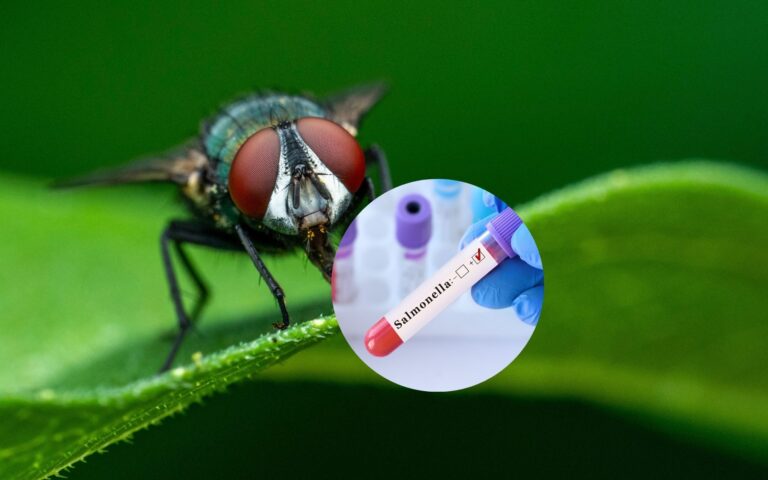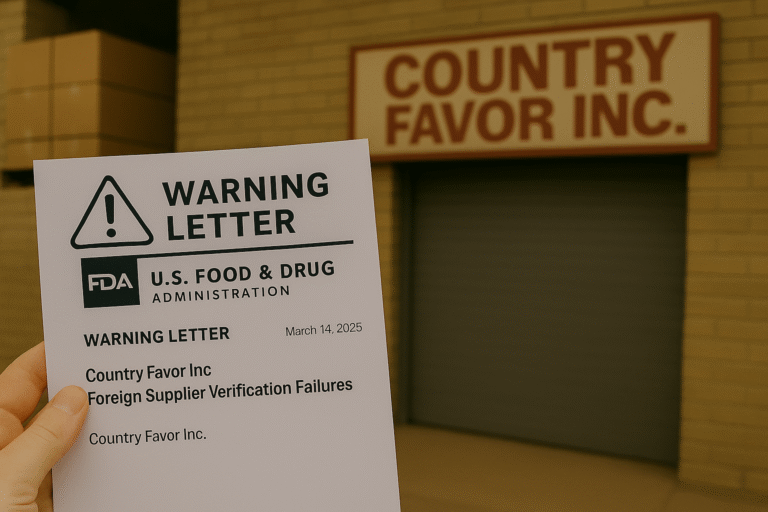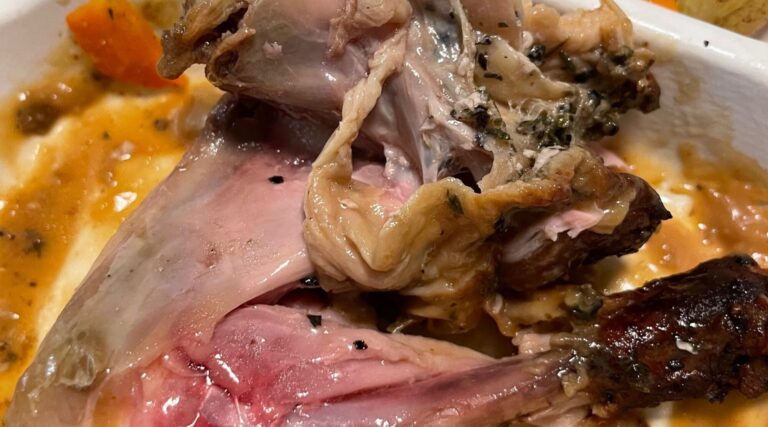The recent gathering of the Codex Committee on Contaminants in Food in Panama City has propelled global efforts on various food safety fronts, notably addressing concerns surrounding lead levels, Ciguatera poisoning, and tropane alkaloids.
During the session held in April, consensus was reached on establishing new maximum levels (MLs) for lead in a range of spices, including dried aril, seeds, rhizomes, galangal, bark, floral parts, fruit, berries, paprika, and sumac. Additionally, MLs of 0.15 mg/kg for cadmium and 0.2 mg/kg for lead in quinoa were agreed upon.
However, the Indian delegation emphasized the necessity for more time and comprehensive research to gather geographically representative data on spices, particularly from developing nations. Meanwhile, the European Union advocated for lower MLs based on the As Low as Reasonably Achievable (ALARA) principle and available data.
One significant development forwarded to the main Codex Alimentarius Commission meeting scheduled for November in Switzerland is the draft code of practice/guidelines aimed at preventing and reducing instances of Ciguatera poisoning. Chaired by the United States, the group focused on this issue. Ciguatera poisoning is estimated to affect anywhere from 10,000 to 500,000 individuals annually.
Moreover, new areas of focus were identified, including sampling plans for methylmercury in fish, and for total aflatoxin and ochratoxin in specific spices, to be adopted at the November meeting. Future work will encompass reviews of the code of practice for preventing Aflatoxin contamination in peanuts and the reduction of Aflatoxin B1 in raw materials and supplemental feeding-stuffs for milk-producing animals.
Efforts will also be directed towards developing a code of practice to prevent and reduce cadmium contamination in foods, led by the United States with completion expected by 2027. Plans are underway to update the code of practice for Weed Control to Prevent and Reduce Pyrrolizidine Alkaloid Contamination in Food and Feed. Additionally, a code of practice will be established to mitigate the presence of tropane alkaloids in food, with discussions slated for the next Codex Committee on Contaminants in Food meeting in June 2025.
Furthermore, the Joint FAO/WHO Expert Committee on Food Additives (JECFA) will issue calls for data on various fronts, including tropane alkaloids in food and feed at different production stages, total aflatoxins in various cereal products and ready-to-eat peanuts, as well as lead levels in spices, dried bark, and culinary herbs to support ongoing efforts.
Source: FSN
Reach out to Fresh Group Food Safety And Quality Consulting for any inquiries related to food quality and safety.




